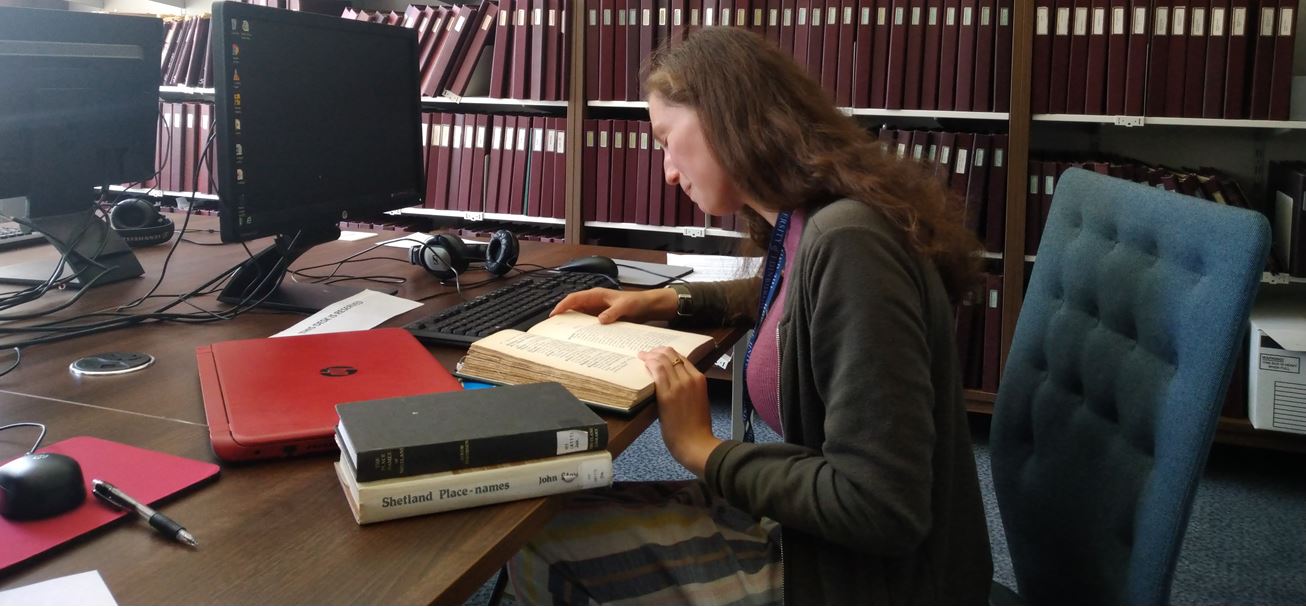This week I have been continuing to add information from the database onto Wikidata. I have been focusing on adding information about the people associated with the trial and then thinking about temporal data beginning to be added too.
People Associated with the Trial
Last week I started adding the residences of the people associated with the witch trial. So this week I thought I would continue to enrich the peoples Wikidata pages by adding their occupation.
There were a total of 1020 occupations added for the people. Most of these occupations were positions in court such as the sheriff or a minister. There were also normal professions from a sailor to writer for some of the people associated too.
See map for occupations here: https://w.wiki/6gB
The next step if time allowed, would be to link the accused witches to the people that were associated with their trial to be able to visualise the geographical links between them.
Aside from the associated people’s occupations, I had to fix some of the geographical locations added for their residences. As OpenRefine connects your data to Wikidata items automatically, it can sometimes result in some of the points being linked to the wrong geographical location for example linking Edinburgh to the Edinburgh in America rather than in Scotland. This issue resulted in the associated people being dotted around the globe. Although, as there were not too many places in the wrong location I was able to fix these errors manually.
Temporal Data
The Scottish Witchcraft Database contains a large volume of temporal data from dates of trials to confessions. I think it would be good to have as much temporal data uploaded as possible to allow for a link between the spatial and temporal data.
I started adding the dates of trials and arrests which could be added easily using OpenRefine. However, these dates are not recorded for every accused witch so it would be interesting to add a temporal dataset such as confession data next week. I think that there could be a trend between different locations having higher cases of accused witches over certain time periods.
Visit to the Scottish Studies Archives
It had been suggested to me that some of my unfound accused witches residence place-names could be found in records at the Scottish Studies Archives. As the centre was located only fifteen minutes away in the Edinburgh University Central Campus, I went to explore their records to see if they could help me locate some of my unfound places. The Archive Centre had a large database that could be searched for data, a library of Scottish books, digital maps, transcriptions, recordings and other records making it a very wealthy resource with very friendly staff.
When at the centre I searched for the different place-names. I was able to find one of my places in Shetland from using John Stewarts 1987 ‘Shetland Place-names’ book to locate ‘Stenhous’ as ‘Stenness’. However, I struggled to find any information on any of my other unfound places. I think that reading place-name books from different regions in Scotland would be very helpful for finding some of the unfound places for the residence of accused witches so it would be worthwhile locating these. Aside from looking for the unfound places, I got to listen to some of the recordings from interviews which had interesting witchcraft stories. One of the recordings highlighted that Haiden Hill is the presumed spot for witch execution and burial (Gallows Hill) on Shetland which is useful knowledge for locating execution places.
OpenRefine Tutorial
After recording my tutorial last week, I had now edited the video so that it is ready to be viewed.
The tutorial covers: how to download OpenRefine and open spreadsheets onto OpenRefine, clean up the spreadsheet, reconcile data (relate the cell to an item in Wikidata), build schemas (build a string to be added to Wikidata with a property, item and reference) and upload the schema onto Wikidata.
View my video here: https://media.ed.ac.uk/media/0_zjjsu34u



Leave a Reply